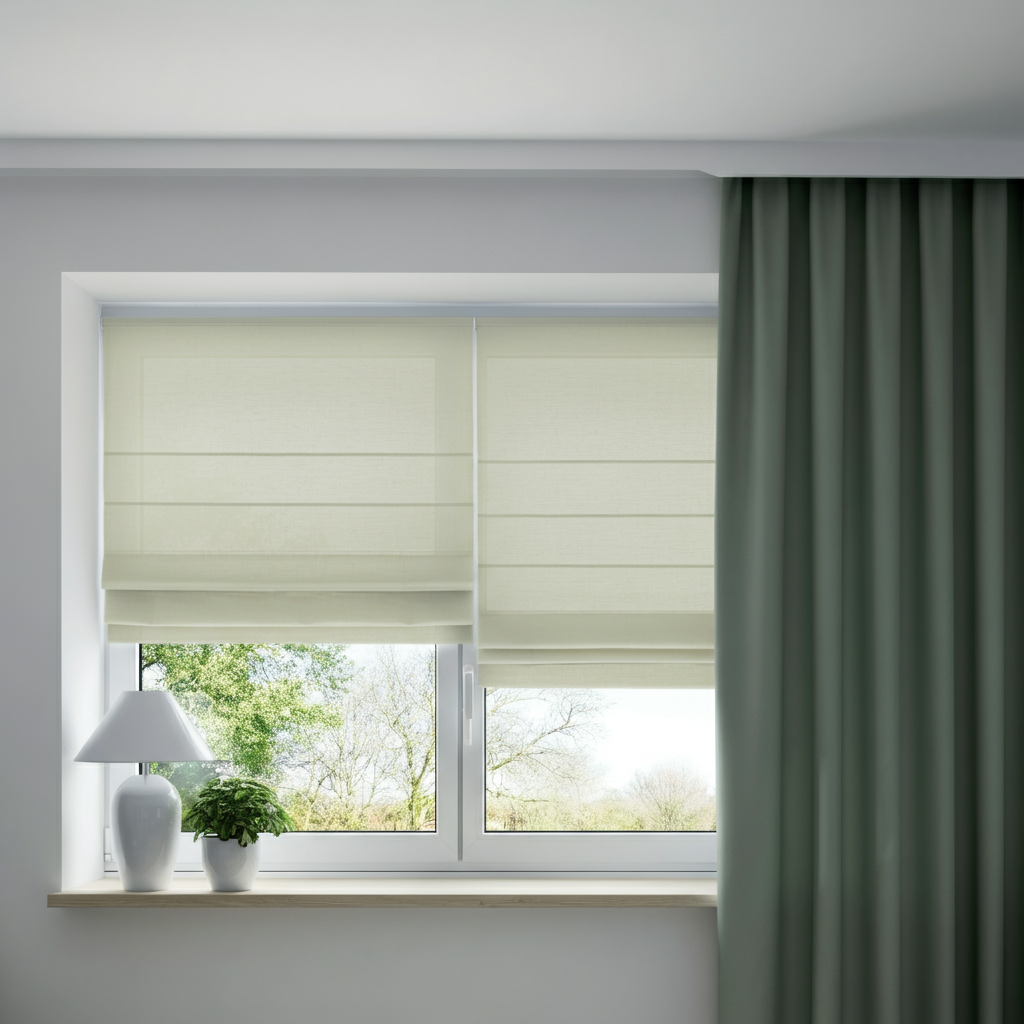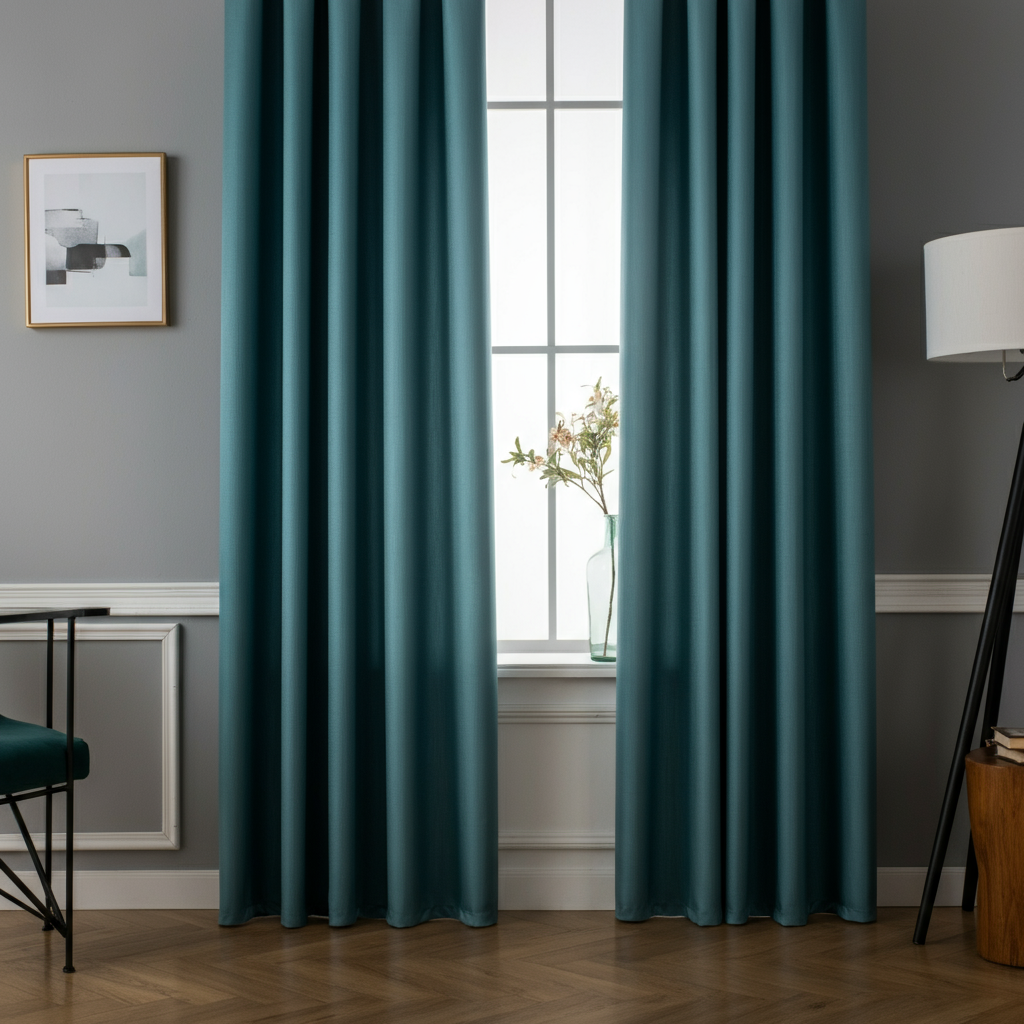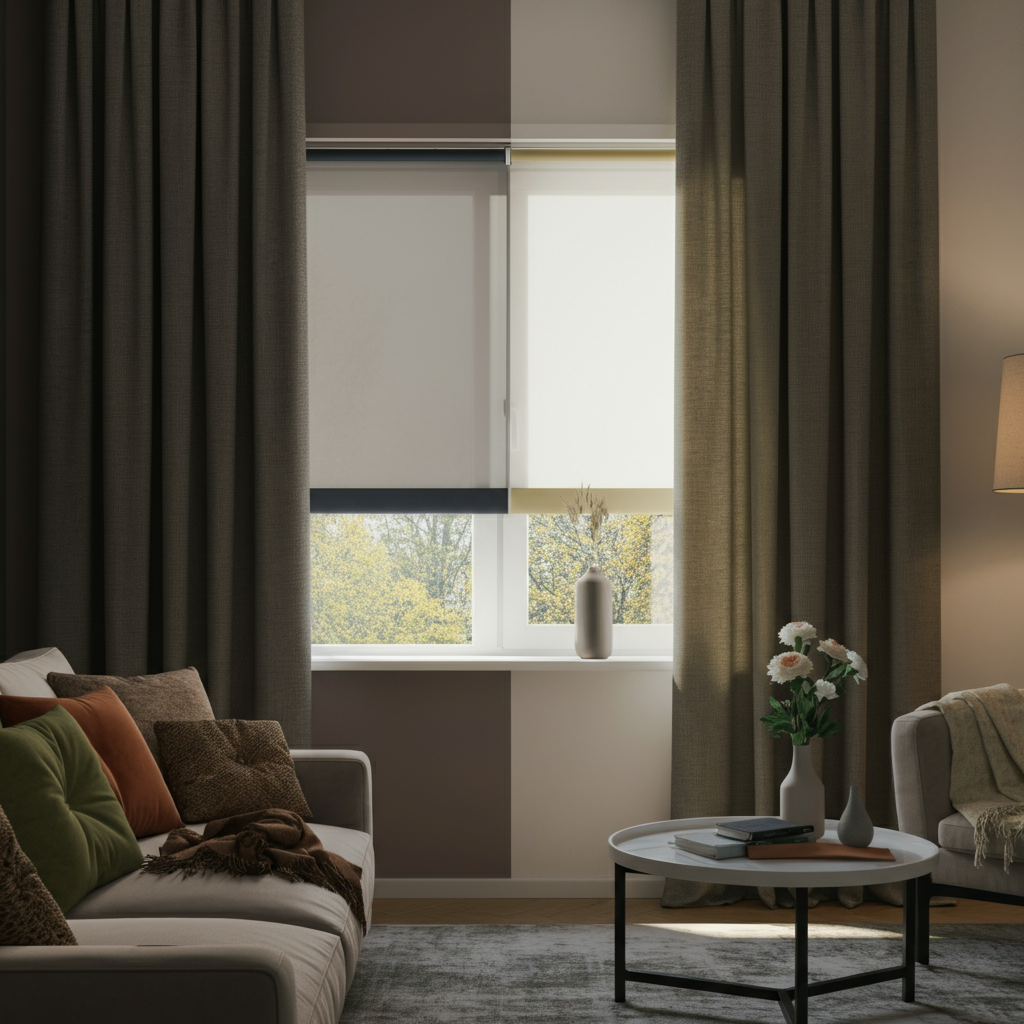Key Takeaways
- Shades and curtains both enhance the aesthetic and functionality of your home, but they serve different purposes.
- Shades are sleek, modern, and ideal for achieving a minimalist look while providing flexible light control and energy efficiency.
- Curtains offer a classic, timeless appeal with a variety of fabrics, patterns, and layering options, adding texture and warmth to any space.
- Consider factors like room purpose, style preference, privacy needs, and maintenance before deciding.
- Both options can be customized to suit your taste, ensuring your home reflects your unique personality and meets practical needs.
Choosing the right window coverings can transform your living space, both aesthetically and functionally. When it comes to deciding between shades vs curtains, understanding how each performs in terms of light control, privacy, style, and cost is essential. Whether you’re a design enthusiast, homeowner, or business professional, this guide will help you make an informed decision tailored to your needs.
Keep reading as we break down the key features, advantages, and considerations for shades and curtains, including how they suit different rooms and styles. By the end, you’ll have a clear vision of what fits best for your space!
Why the Right Window Covering Matters
Window treatments do more than filter sunlight. They enhance room aesthetics, protect privacy, regulate indoor temperatures, and even save you money on energy costs. Picking the right option ensures your home or office feels comfortable, stylish, and functional.
Now, let’s take a closer look at shades and curtains to find out which is better suited for your needs.
What Are Window Shades?

Window shades are sleek, streamlined coverings made from a continuous piece of fabric. They can be rolled or folded up for adjustable light and privacy.
Types of Shades
- Roller Shades: Simple, modern, and space-saving, perfect for minimalist designs.
- Roman Shades: Elegant with their pleated fabric folds, they add a touch of sophistication.
- Cellular Shades (Honeycomb): The ultimate energy savers, they trap air and insulate your home.
- Woven Wood Shades: Natural and textured, offering a warm, earthy vibe.
How Shades Work
Shades operate by rolling up or down (manually or via automation). This allows precise control over light and privacy.
Popular Materials for Shades
- Fabric (light-filtering or blackout)
- Bamboo or woven wood
- Synthetic materials for durability
Shades are a great choice for modern spaces or anyone looking for a clean, uncluttered look.
What Are Curtains?

Curtains are fabric panels that hang vertically from a rod, creating a soft and decorative appearance. They’re widely loved for their versatility and ability to add warmth to any room.
Types of Curtains
- Sheer Curtains: Light and airy, they diffuse sunlight beautifully.
- Blackout Curtains: Block 100% of sunlight, perfect for bedrooms.
- Patterned Curtains: Ideal for adding character and a splash of personality.
- Thermal Curtains: Designed for insulation and energy efficiency.
How Curtains Work
Curtains are drawn open or closed horizontally along a rod. They can be layered for added versatility.
Common Curtain Materials
- Cotton for casual styles
- Velvet for a luxurious feel
- Polyester for durability and affordability
Curtains exude a cozy charm that can instantly soften the mood of a space.
Comparing Shades and Curtains
Both shades and curtains have unique benefits. Here’s how they stack up in key areas to help you decide what suits your space.
Light Control
- Shades offer precise light control, especially options like blackout or light-filtering shades.
- Curtains provide varying light control based on fabric choice, from sheer to total blackout.
Privacy
- Shades offer excellent privacy, particularly in busy areas like bathrooms or offices.
- Curtains are versatile for privacy, with heavier fabrics ensuring complete coverage.
Style and Decor
- Shades are sleek, minimalist, and perfect for modern or streamlined spaces. Think small apartments or offices with a clean aesthetic.
- Curtains add warmth, texture, and elegance, making them ideal for cozy bedrooms or grand living rooms.
Space & Room Use
- Shades work best in tight spaces like kitchens and bathrooms thanks to their compact design.
- Curtains shine in larger spaces like living rooms or bedrooms, bringing character and drama to the décor.
Maintenance and Cleaning
- Shades are easy to wipe clean and require less frequent maintenance.
- Curtains need regular washing or dry cleaning, especially in high-dust areas.
Cost and Budget
- Shades typically range from $40–$300 depending on material and automation features.
- Curtains range from $15–$200 per panel, making them more budget-friendly but potentially pricier for luxurious setups.
- Long-Term Costs: Shades are more durable, but curtains allow for easily changing styles.
Installation and Safety
- Shades are straightforward to install, especially motorized types. They’re also safer for kids and pets with cordless options.
- Curtains may take more effort to hang, especially with layered panels, but still remain a reliable choice.
Layering Shades and Curtains
Don’t want to choose between the two? Go for both!
Layering curtains over shades combines the functionality of light control with the added warmth and style of curtains. Use shades for privacy during the day and draw the curtains at night for a cozy ambiance.
Tips for Layering
- Pair neutral roller shades with sheer curtains for a contemporary look.
- Combine blackout shades with decorative curtains for bedroom privacy and style.
- Coordinate materials and colors for a cohesive appearance.
How to Choose the Best Option for Your Home
Before picking your window treatment, here’s what to consider:
- Room Type: Bedrooms need blackout solutions; kitchens benefit from moisture-resistant materials.
- Window Size: Larger windows might suit flowing curtains, while compact ones call for shades.
- Budget: Consider both upfront costs and long-term maintenance.
- Style Preferences: Are you drawn to sleek and modern or soft and traditional?
- Ease of Cleaning: Factor in the effort required for upkeep.
Decision-Making Based on Room
- Living Room: Layered shades and curtains create the perfect balance of functionality and style.
- Bedrooms: Opt for blackout curtains or cellular shades for privacy and restful sleep.
Conclusion
Ultimately, the choice between curtains and shades depends on your individual needs, style, and room use. Mixing and matching the two can offer the best of both worlds, allowing you to enjoy enhanced functionality and aesthetics.
If you’re still unsure, why not speak to a window covering expert? We’re here to help you refine your vision and create the perfect look for your home.
FAQ
Can I use both curtains and shades together?
Absolutely! Combining curtains and shades can provide both practical benefits and aesthetic appeal. For example, you can use shades for privacy and light control while adding curtains for decoration and insulation.
How do I choose the right material for curtains or shades?
The material you select should depend on the room’s purpose and your personal preferences. Lightweight fabrics like cotton or linen are great for creating an airy feel, while heavier materials like velvet or thermal-backed shades offer insulation and light-blocking benefits.
Which option is easier to clean, curtains or shades?
Shades are generally easier to clean since they usually require just a quick wipe with a damp cloth. Curtains may need to be removed and laundered or dry-cleaned, depending on the fabric.
Are there specific types of shades better suited for large windows?
Yes, for large windows, consider roller shades or panel track shades, which provide a sleek and functional design while covering a wide area effectively.
How do I measure my windows for curtains or shades?
Begin by measuring the width and height of your window frame. For curtains, add extra width for a fuller look. For shades, measure precisely to ensure a snug fit inside or just outside the frame. Consult a professional if you need assistance.


